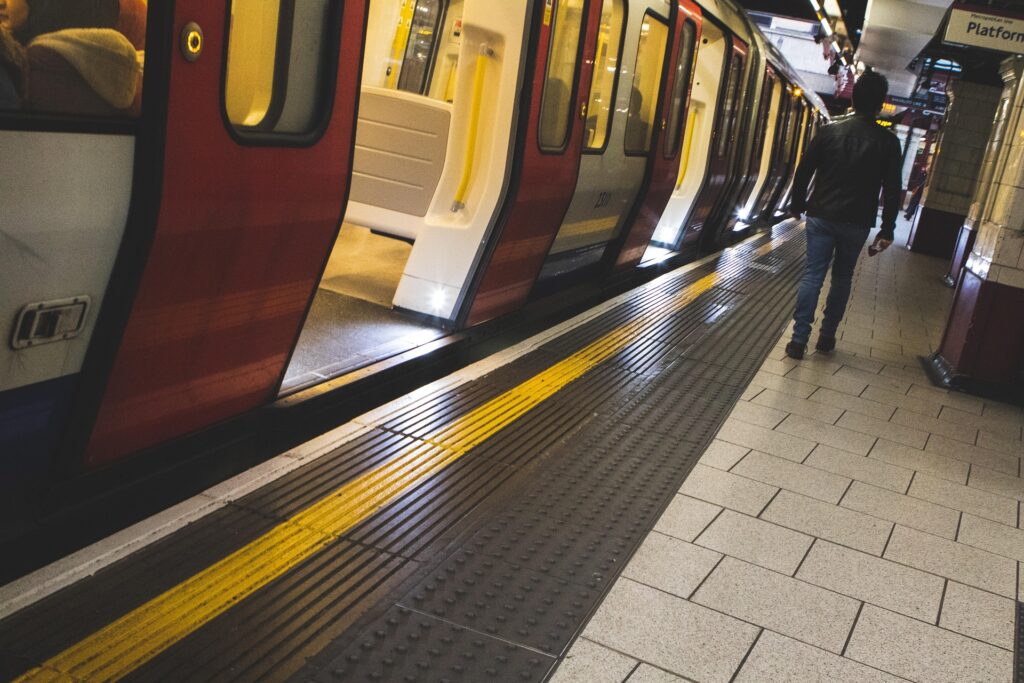The best way to understand it is by comparing past incidents with those happening now:
Astrophel Sang, 19, attempted to set fire to the Cenotaph during BLM demonstrations in Westminster on June 7th, 2020. Such an appalling act strikes at the very core of the nation. Despite these protests lasting nearly three weeks, with vandalism of monuments, disorder, and violence, there was no crackdown from the government or the police—only bended knee.
Sang did not face any fast-track prosecution, nor was his sentencing framed around “considering the wider context” or being a “deterrent.” Instead, Judge Christopher Hehir handed him a two-year conditional discharge and ordered him to pay £340 in court costs.
Compare this to Julie Sweeney, a 53-year-old woman who is the primary carer for her disabled husband and has excellent character references. In a moment of madness, following a national tragedy, she made a post on Facebook about burning mosques. The judge in her case, Steven Everett, stated, “Your comment was recklessly made, rather than intentionally, but appropriate punishment can only be achieved by immediate custody.”
Logic would suggest that attempting to burn the country’s most important national monument would warrant a much harsher punishment, while a single online post would merit a lighter reprimand. So why is it the opposite?
Because one crime is deemed to be against a protected characteristic, while the other is not. This is where the true injustice lies: people are treated differently based on perceived motive rather than the physical severity of their actions.
So what do we do? Don’t break the law in the first place, be aware of the biases, and always act in a way that ensures you never fall victim to those biases.
Sources:
- Sang – The Metro
- Sweeney – The Standard


